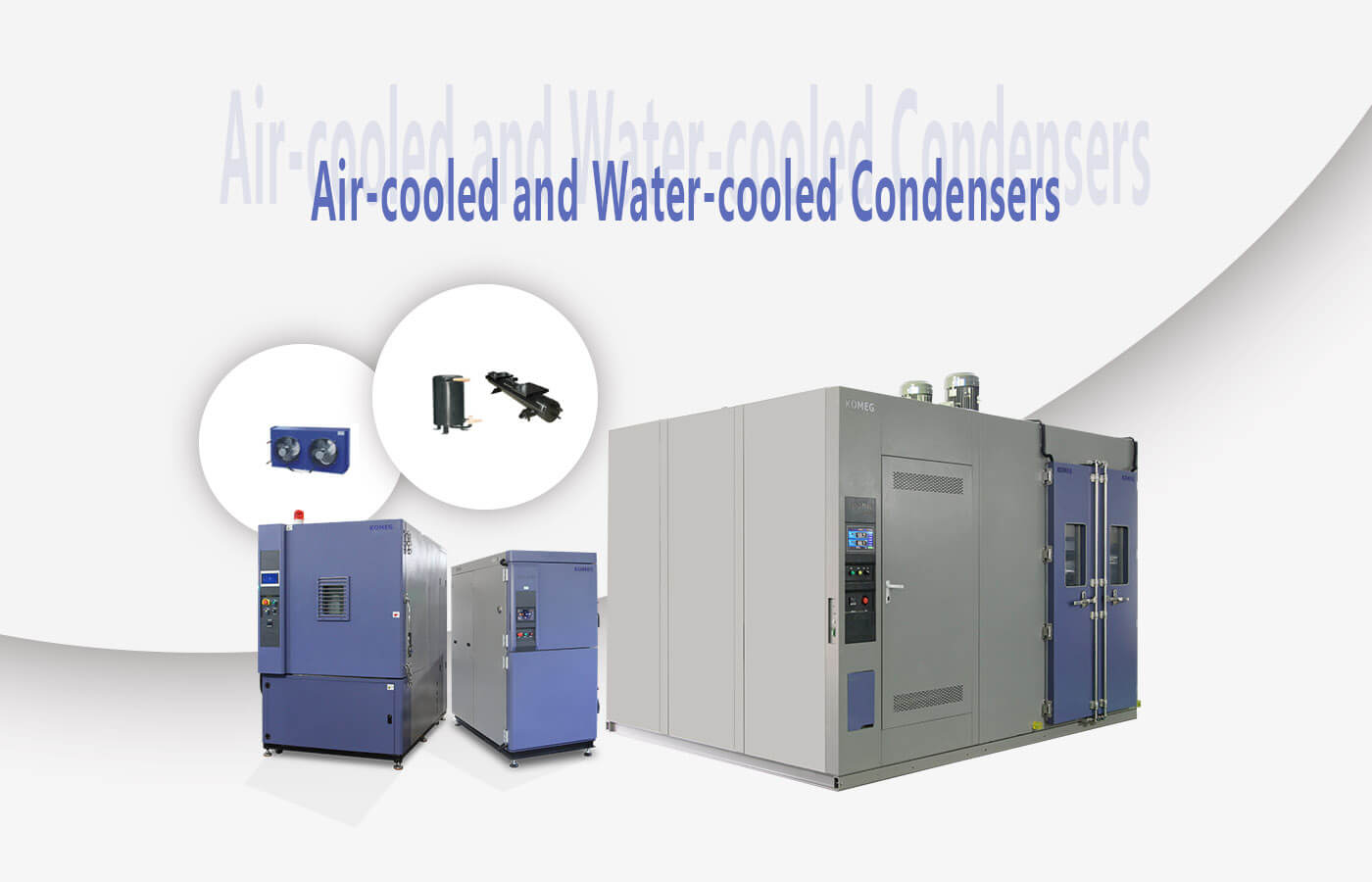In a previous article, we briefly compared the differences between water-cooled and air-cooled cooling methods. Today I will introduce the condenser to help you further understand and choose the appropriate cooling method.
Refrigeration process
The refrigerant absorbs heat in the evaporator and turns into gas. Then, it is sucked in and compressed by the compressor. The compressed gas increases in pressure and temperature. Then enter the condenser. The condenser condenses the gas in an air-cooled or water-cooled manner. The gas gradually drops in temperature and condenses into a liquid state. The liquid then enters the evaporator for a new round of refrigeration.
Type of condensers
The condenser is actually a heat exchanger that transfers the heat absorbed by the refrigerant during the evaporation process to the condensation medium. The condensers we use mainly include air-cooled condensers and water-cooled condensers.
● Air-cooled condenser: Air is used as the cooling medium to take away the heat of the refrigerant vapor. Air-cooled condensers mainly transfer heat through convection. Exchange heat with the air flowing over the surface of the finned tubes. Generally, small environmental chambers mainly use air-cooled method because the compressor power is relatively small.
● Water-cooled condenser: Water-cooled condenser requires water as the cooling medium to take away the heat of the refrigerant vapor. Need to be used with water cooling unit or water tower. Therefore, the customer’s site needs to have water supply conditions. Large environmental chambers mainly use water-cooled methods.
Routine maintenance of condensers
● Air-cooled:
1.Clean the dust from the condenser air inlet.
2.Check if the filter is clean.
● Water-cooled:
1.Check whether water pipes and filters are dirty or blocked.
2.Check whether the water tower is clean and clean it regularly.
3.Ensure water source is clean.
4.Clean water pumps and fans.
Generally speaking, we recommend the air-cooled type for standard temperature humidity test chambers (64-1000L), and the water-cooled type for temperature cycling chambers, walk in environmental chambers, and thermal shock test chambers. Welcome to provide us with your specific testing needs and we will recommend a best cooling method for you.

